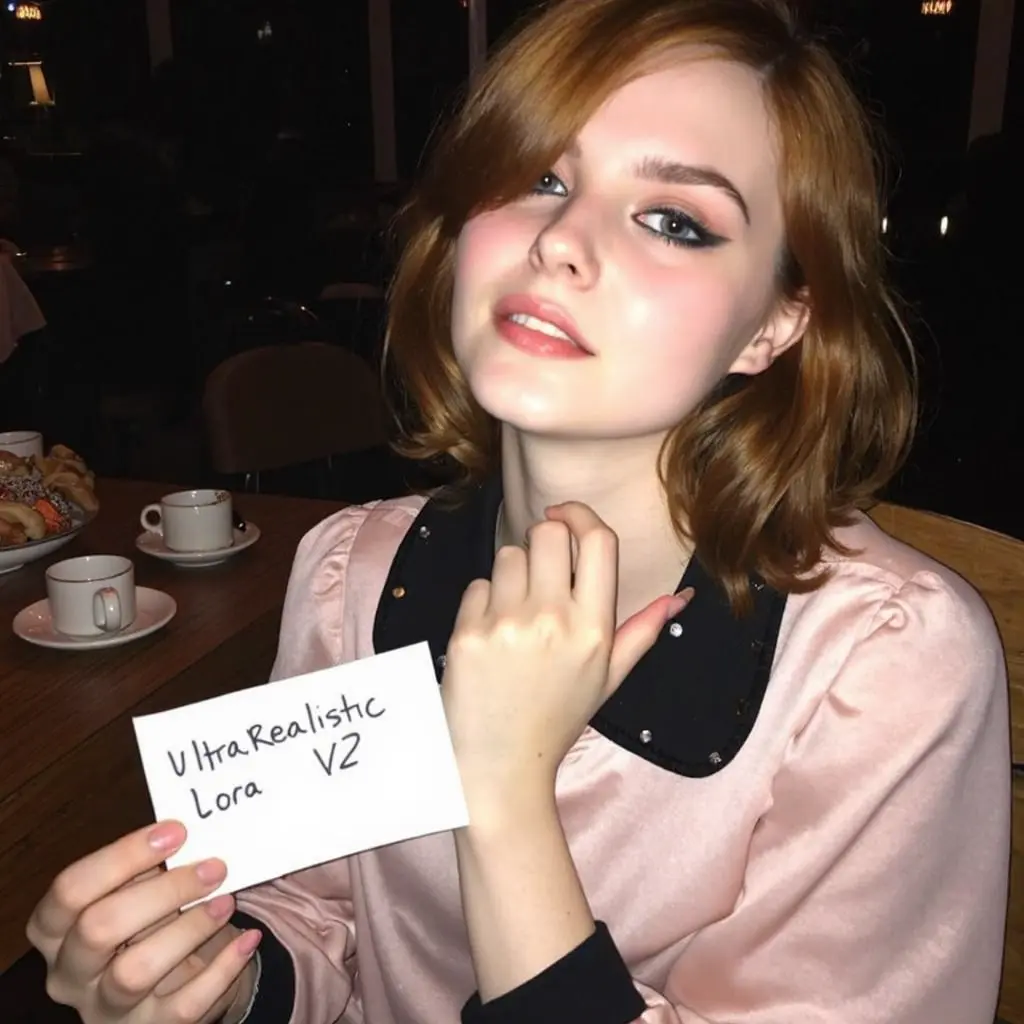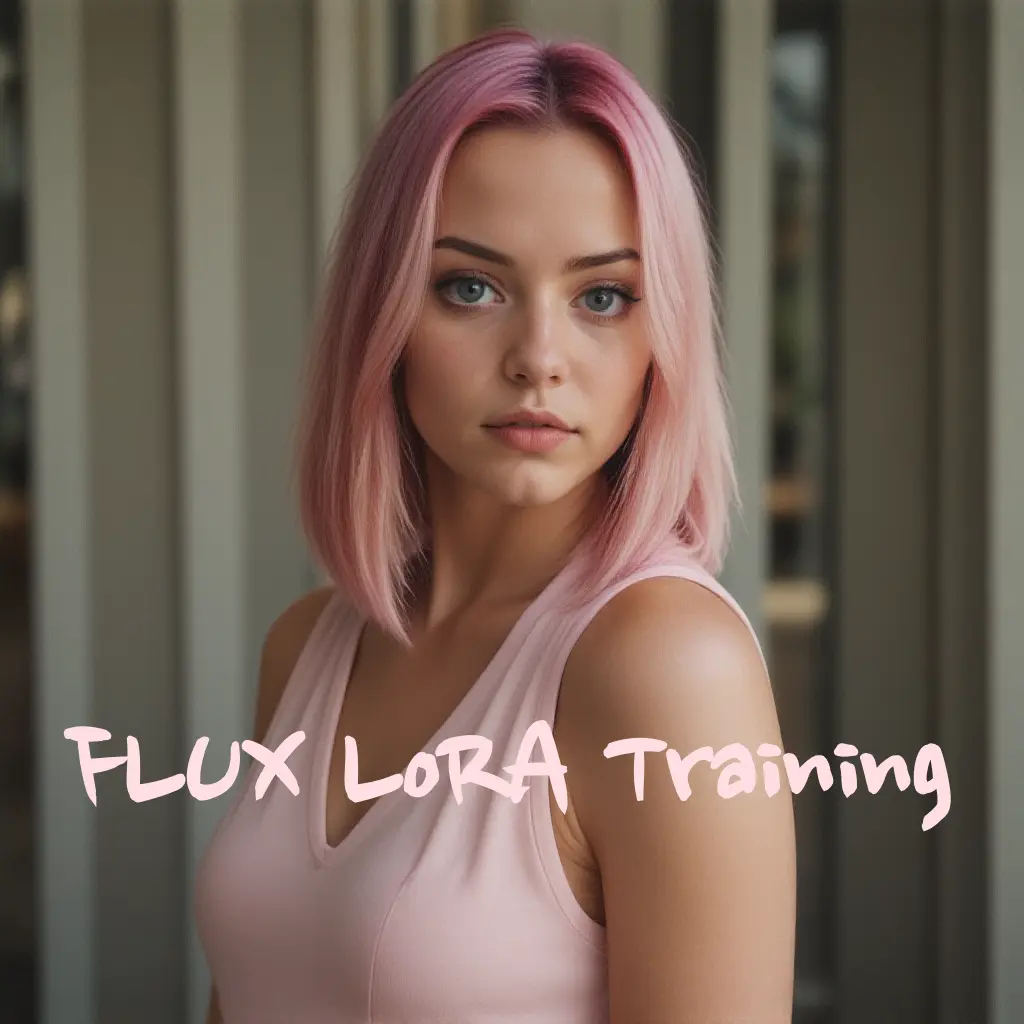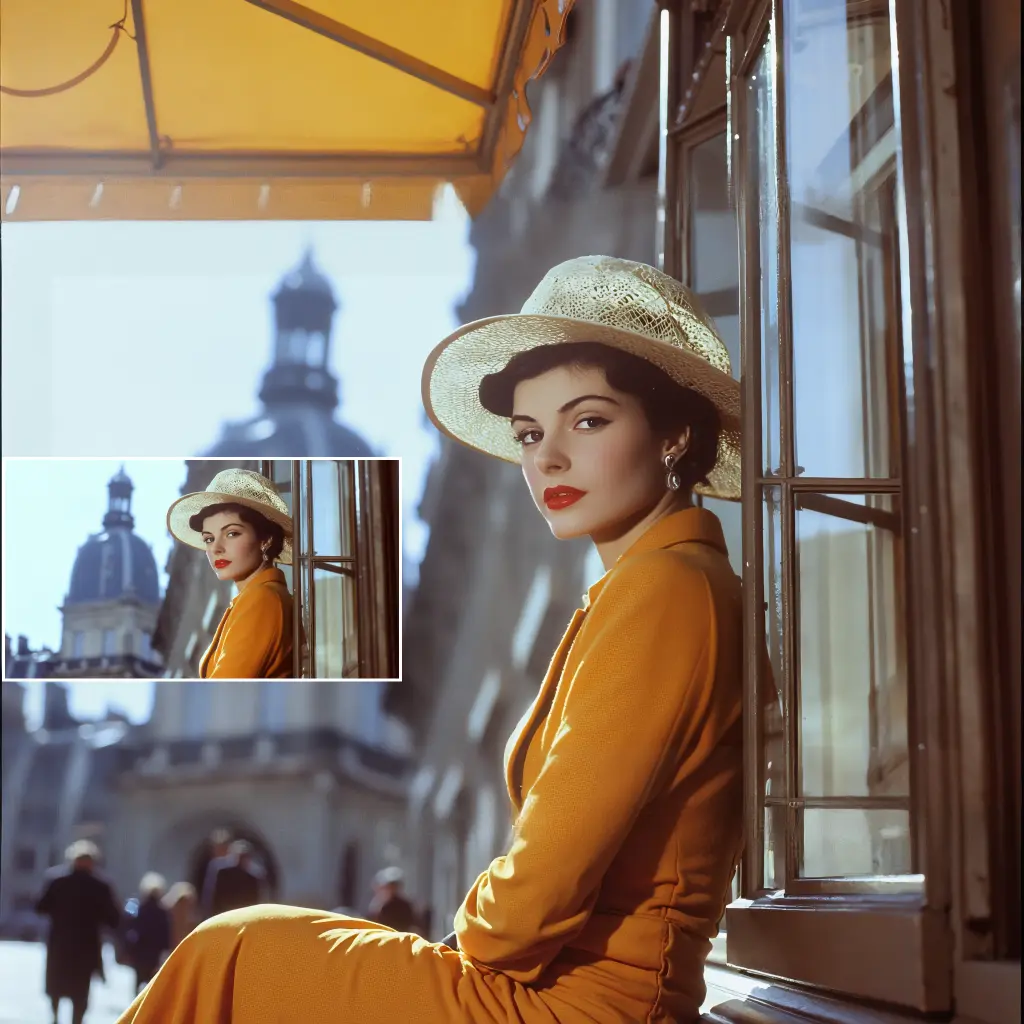ComfyUI Node: Apply Lighting Effects
apply_lighting_effects
Categoryadvanced/AI_Assistant/image
JackEllie (Account age: 856days) Extension
ComfyUI-AI-Assistant Latest Updated
2024-09-05 Github Stars
0.02K
How to Install ComfyUI-AI-Assistant
Install this extension via the ComfyUI Manager by searching for ComfyUI-AI-Assistant- 1. Click the Manager button in the main menu
- 2. Select Custom Nodes Manager button
- 3. Enter ComfyUI-AI-Assistant in the search bar
Visit ComfyUI Online for ready-to-use ComfyUI environment
- Free trial available
- 16GB VRAM to 80GB VRAM GPU machines
- 400+ preloaded models/nodes
- Freedom to upload custom models/nodes
- 200+ ready-to-run workflows
- 100% private workspace with up to 200GB storage
- Dedicated Support
Apply Lighting Effects Description
Enhance images with sophisticated lighting effects for dynamic visuals.
Apply Lighting Effects:
The apply_lighting_effects node is designed to enhance your images by applying sophisticated lighting effects, simulating various light sources and their interactions with the image's surfaces. This node allows you to manipulate the direction, intensity, and characteristics of the light, providing a powerful tool for creating dynamic and visually appealing images. By adjusting parameters such as light yaw, light pitch, specular power, and others, you can achieve a wide range of lighting effects, from subtle highlights to dramatic shadows, enhancing the depth and realism of your artwork. This node is particularly useful for AI artists looking to add a professional touch to their images by controlling how light interacts with different elements within the scene.
Apply Lighting Effects Input Parameters:
image
This parameter represents the input image to which the lighting effects will be applied. It is the base image that will be transformed by the lighting adjustments.
light_yaw
This parameter controls the horizontal angle of the light source. It ranges from -180 to 180 degrees, with a default value of 60. Adjusting this parameter changes the direction from which the light appears to be coming, affecting the shadows and highlights on the image.
light_pitch
This parameter controls the vertical angle of the light source. It ranges from -90 to 90 degrees, with a default value of -60. Modifying this parameter alters the height of the light source, influencing the way light falls on the image and the resulting shadow lengths and directions.
specular_power
This parameter determines the intensity of the specular highlights, which are the bright spots where light directly reflects off surfaces. It ranges from 10 to 100, with a default value of 30. Higher values result in sharper and more intense highlights, while lower values produce softer highlights.
normal_diffuse_strength
This parameter adjusts the strength of the diffuse reflection, which is the scattered light that gives objects their color. It ranges from 0 to 5, with a default value of 1. Increasing this value enhances the overall brightness and visibility of the image's details.
specular_highlights_strength
This parameter controls the strength of the specular highlights. It ranges from 0 to 5, with a default value of 0.8. Higher values make the highlights more pronounced, adding a glossy effect to the image.
total_gain
This parameter adjusts the overall gain of the lighting effect, effectively controlling the brightness of the entire image. It ranges from 0 to 1, with a default value of 0.6. Increasing this value brightens the image, while decreasing it darkens the image.
Apply Lighting Effects Output Parameters:
image
This output parameter provides the transformed image with the applied lighting effects. It reflects the changes made based on the input parameters, showcasing the new lighting conditions.
show_help
This output parameter provides a string with reference information about the light source directions. It includes examples of light yaw and pitch values for different light positions, helping you understand how to set these parameters effectively.
Apply Lighting Effects Usage Tips:
- Experiment with different combinations of
light_yawandlight_pitchto find the most visually appealing light direction for your image. - Use
specular_powerandspecular_highlights_strengthto add realistic reflections and highlights, enhancing the three-dimensional appearance of objects. - Adjust
normal_diffuse_strengthto control the visibility of details and textures in your image, making sure important elements are well-lit. - Fine-tune the
total_gainto achieve the desired overall brightness, ensuring your image is neither too dark nor too washed out.
Apply Lighting Effects Common Errors and Solutions:
Image not displaying correctly after applying effects
- Explanation: This could be due to incorrect parameter values that result in unrealistic lighting conditions.
- Solution: Reset the parameters to their default values and adjust them incrementally to observe the changes and find the optimal settings.
Output image appears too dark or too bright
- Explanation: The
total_gainparameter might be set too low or too high. - Solution: Adjust the
total_gainparameter to a more balanced value, ensuring the image has the right level of brightness.
Specular highlights are too intense or barely visible
- Explanation: The
specular_powerorspecular_highlights_strengthparameters might be set incorrectly. - Solution: Modify the
specular_powerandspecular_highlights_strengthparameters to achieve the desired intensity of highlights, balancing them with the overall lighting.
Apply Lighting Effects Related Nodes
RunComfy is the premier ComfyUI platform, offering ComfyUI online environment and services, along with ComfyUI workflows featuring stunning visuals. RunComfy also provides AI Playground, enabling artists to harness the latest AI tools to create incredible art.





